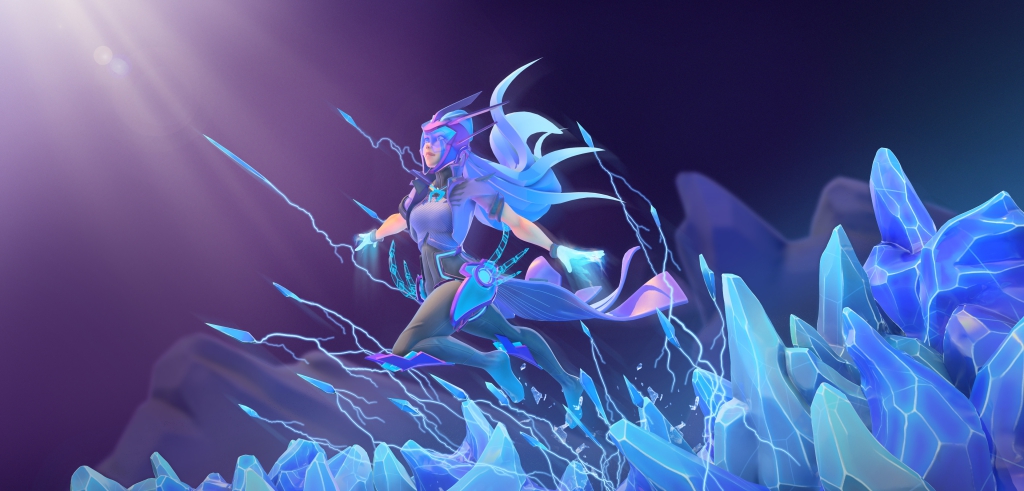The following are some of the top technologies that are rapidly gaining popularity in the gaming industry:
Blockchain
At its core, blockchain technology is a decentralized ledger system that records transactions across multiple computers. It follows a mechanism that ensures security, transparency, and immutability. By design, it eliminates the need for centralized authorities, making it an ideal foundation for creating tamper-proof records and executing secure, peer-to-peer transactions.In gaming, blockchain facilitates digital ownership, allowing players to possess unique assets such as Non-Fungible Tokens (NFTs). These assets can range from collectible items and skins to entire virtual estates, all securely recorded and verified on the blockchain. Moreover, blockchain introduces the concept of play-to-earn (P2E) models, where players can earn real-world value, often in the form of cryptocurrencies or NFTs, for their in-game achievements and participation.
As blockchain game development steadily gains popularity it promises to bring about a paradigm shift. It will offer a level of autonomy, security, and economic opportunity previously unseen, potentially redefining the future of digital entertainment.
Advantages
Decentralization and Security: Blockchain technology provides a decentralized framework, eliminating the need for central authorities and reducing the risk of fraud and data breaches. This enhances the security of in-game transactions and player data.
Ownership and Monetization: It enables players to own digital assets through Non-Fungible Tokens (NFTs), allowing them to buy, sell, or trade assets securely. This opens new monetization channels for developers and players alike.
Transparency and Trust: Blockchain’s immutable ledger ensures transparency of transactions and in-game activities, building trust within the gaming community and ensuring fairness in gameplay and economies.
Use cases
Digital Collectibles and NFTs: Players can own unique digital items as collectibles or in-game assets, secured and verified on the blockchain.
Decentralized Gaming Economies: Creating decentralized marketplaces where players can trade assets across games and platforms without intermediaries.
Play-to-Earn Models: Rewarding players with cryptocurrency or digital assets for in-game achievements, contributing to game development, or participating in the game economy.
Examples
Axie Infinity: A blockchain-based trading and battling game that uses NFTs for its creatures, allowing players to collect, breed, raise, battle, and trade token-based creatures known as Axies.
CryptoKitties: One of the first blockchain games to popularize the concept of collectible, breedable, and tradable digital cats as NFTs on the Ethereum blockchain.
